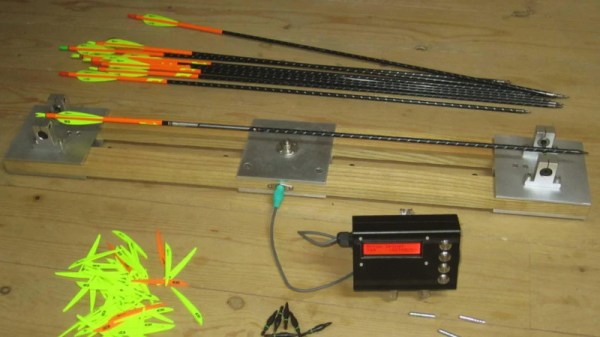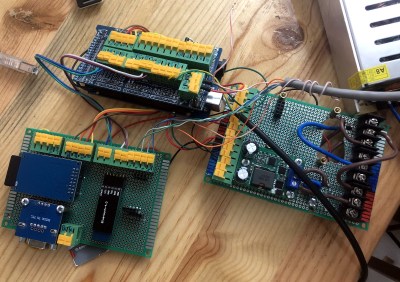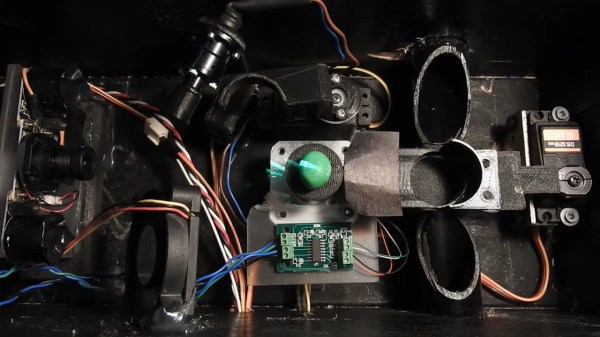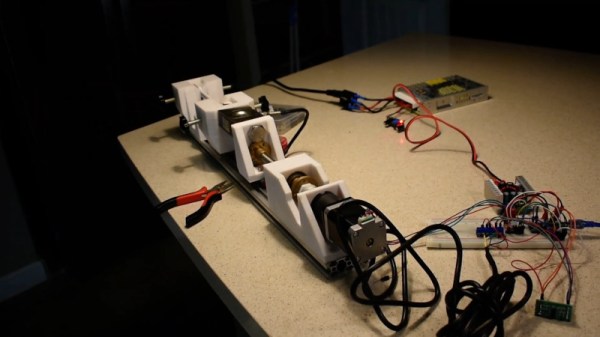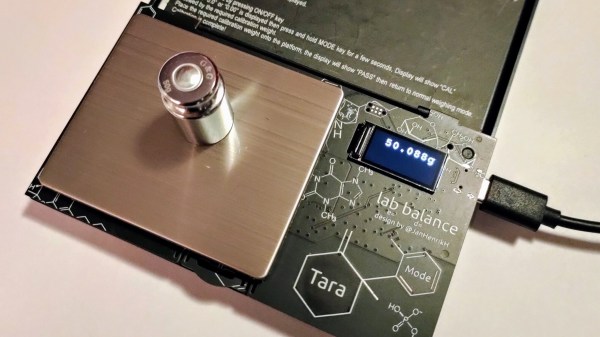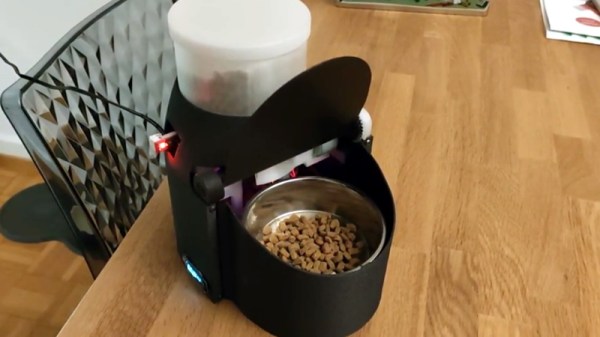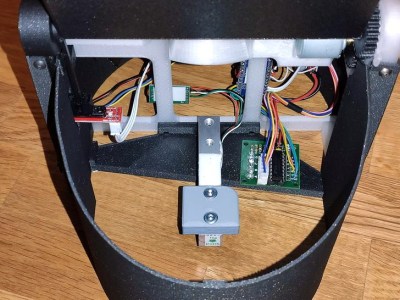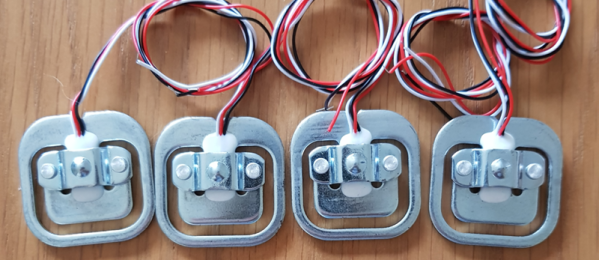When shooting archery, if you want to be accurate, you need arrows of uniform specification and quality. One important part of this is making sure each arrow has a spine of similar stiffness. Traditionally, this is checked in a very analog way by using weights and measuring deflection of the arrow spine, but it can be done electronically too with this tester from [dvd8n].
The principle of operation is simple. The arrow is held up by two supports, 28 inches apart. The user then presses down in the center of the arrow, deflecting it by a 1/2 inch where itreaches a stop , and load cells at either end of the tester measure the force required to deflect the arrow by the set amount.
It allows arrows to be electronically measured in a fashion that is compatible with existing standards for measurement. The Arduino hardware which measures the load cells can also easily run conversion maths to display the arrow’s measured stiffness in whatever common spine measurement standard is desired. The system can also weigh the arrows, a useful thing to know for the home fletcher.
It’s a tidy build and one that should prove useful when [dvd8n] is building out their next quiver. We’ve seen other capable DIY archery hacks before, too. If you’ve got your own, drop us a line!

